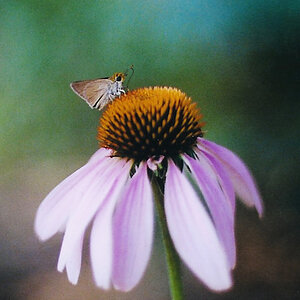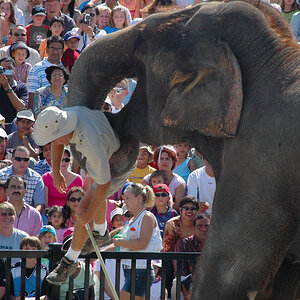adartsesirhc
TPF Noob!
- Joined
- Dec 17, 2011
- Messages
- 20
- Reaction score
- 2
- Location
- Pasadena, CA
- Can others edit my Photos
- Photos OK to edit
I just bought my set of studio lights - an Alienbees B1600 and a B800. Among other goodies, I have the 7" reflectors and a 64" extreme silver PLM (with front diffusion fabric). Before this, I was just used to shooting with hotshoe flashes, umbrellas, and snoots. Now, as I'm looking for more modifiers, I'm getting more and more confused by different modifiers that achieve the same results.
For example, I've been thinking about buying a softbox or an octa for the lights, but is it really necessary? Is there any difference at all between an octa and the PLM with the diffusion fabric? I know that the PLM is more efficient (even with the fabric)... so is it just superior to an octabox? Or do octaboxes/softboxes have some other advantage I'm not realizing? Or just a different quality of light?
I also realized that I need to buy something to restrict light. But do I buy... snoots? Or grids? Or maybe longer reflectors? What are their advantages and disadvantages? For example, PCB makes an 8.5" reflector with a 45 degree beam spread, and an 11" reflector with a 28 degree beam spread. They're not much more expensive than the 40 and 30 degree grids for the 7" reflector. Similarly, the LiteMod 20 degree snoot is more than twice the price of the 20 degree grid... any advantage here?
For example, I've been thinking about buying a softbox or an octa for the lights, but is it really necessary? Is there any difference at all between an octa and the PLM with the diffusion fabric? I know that the PLM is more efficient (even with the fabric)... so is it just superior to an octabox? Or do octaboxes/softboxes have some other advantage I'm not realizing? Or just a different quality of light?
I also realized that I need to buy something to restrict light. But do I buy... snoots? Or grids? Or maybe longer reflectors? What are their advantages and disadvantages? For example, PCB makes an 8.5" reflector with a 45 degree beam spread, and an 11" reflector with a 28 degree beam spread. They're not much more expensive than the 40 and 30 degree grids for the 7" reflector. Similarly, the LiteMod 20 degree snoot is more than twice the price of the 20 degree grid... any advantage here?


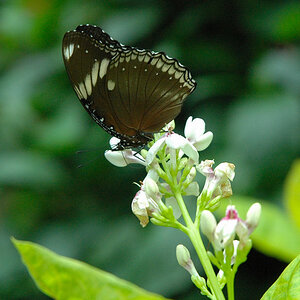
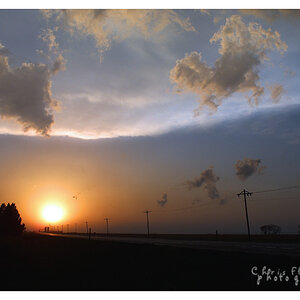
![[No title]](/data/xfmg/thumbnail/35/35265-c9ea3efd2c618a57ea136e63ad106880.jpg?1619736970)
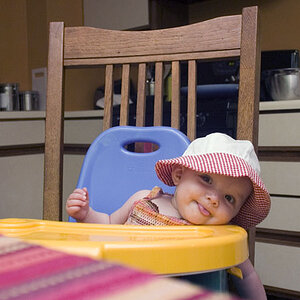
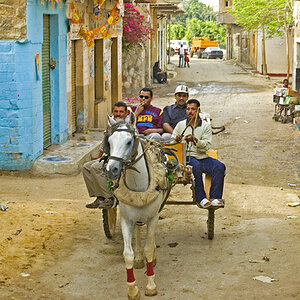
![[No title]](/data/xfmg/thumbnail/41/41895-34e19a98c1811c8d543811c45d6ca604.jpg?1619739935)
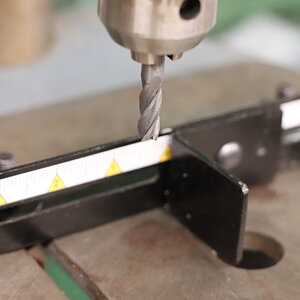
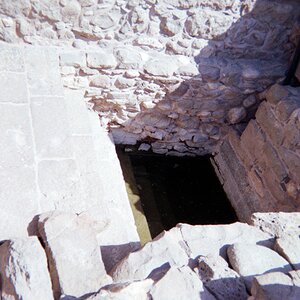
![[No title]](/data/xfmg/thumbnail/38/38262-10a9668da9a2b36a92cddde57caf87bc.jpg?1619738547)
